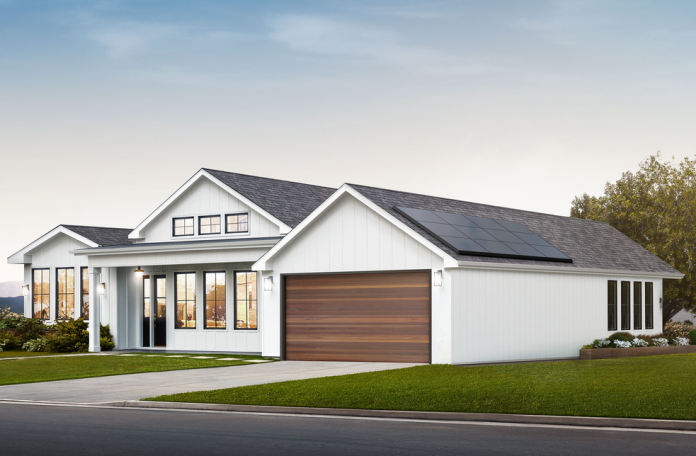Tesla declared, via a blog post on Friday, that it is “introducing the lowest-ever cost to go solar” in the United States. The company claims that its average residential system size is now one-third less expensive than the market average.
According to the Solar Energy Industries Association (SEIA), residential solar prices in the United States were $2.83/W in the first quarter. So Tesla is presumably promising a cost of about $1.89/W installed, before incentives.
Tesla claims that with its new pricing, “an average customer buying a large system in California will make their money back in only six years by reducing their electric bill, ultimately making an average of $88,000 over the system’s lifetime [depending on financing method].”
It claims that its new pricing is possible because of a 64% reduction in sales and marketing costs from moving to fixed solar system sizes and its “single click” online ordering experience.
Good price
Based on my home address and a hypothetical $300 per month electric bill, Tesla’s websiterecommended its “large” PV system at 12.24 kW and priced the solar at $23,500 or $17,390 after incentives. That’s $1.42/W after incentives — a good price for residential solar in the United States.

I live in a rural spot and Pacific Gas & Electric is my utility, so I need energy storage. Tesla recommends three Powerwalls to give me a nine-day backup at a total system cost of $44,000 — or $32,560 after incentives. The price quote claims that the backup “includes plugs, lights, 120 V appliances, and some 240 V appliances.”
‘Full of pitfalls’
Although these are great price-per-watt numbers, a solar installer colleague said that Tesla’s new process is “ludicrous and full of pitfalls for consumers.” She said that Tesla:
- Oversizes the solar systems
- Oversizes the battery
- Does not consider available roof space, shading or roof type
- Does not consider the necessary electrical service upgrades
This is certainly the case with my hypothetical system.
She suggests that “the consumer will happily sign up for a system thinking they are getting a deal, and then find out that costs are 25% to 50% higher when Tesla does the proper engineering. Plus the customer will get a system that is much bigger than they need, and would likely be rejected by the local utility for being so substantially oversized.”
Tesla installed 35 MW of solar in the first quarter, down 35% from the 54 MW installed in the fourth quarter of 2019, and down 26% from 47 MW in the first three months of last year. Tesla has decimated its solar business from installation peaks of years past and its market share lead has long been surrendered to Sunrun and others.
Also in Tesla news: Tesla CEO Elon Musk postponed the company’s annual shareholder meeting in a tweet.







